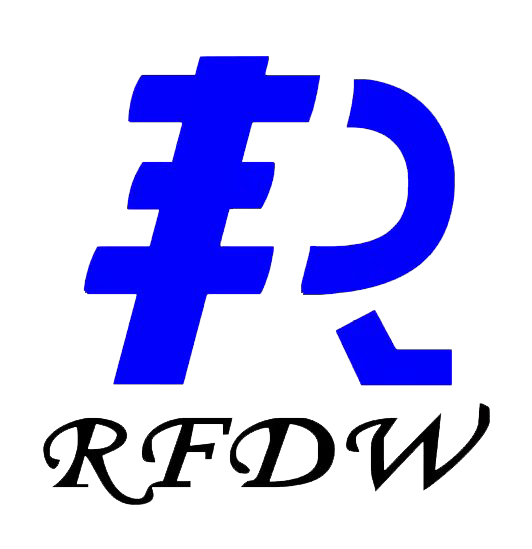Factors affecting the operation of the control valve
Release time:
2023-11-14
Self-operated pressure regulating valves have attracted much attention because of their unique self-regulating function. There are many factors that affect the operation of the regulating valve. The following is a detailed analysis of the key factors related to the self-operated pressure regulating valve.
Self-operated pressure regulating valves have attracted much attention because of their unique self-regulating function. There are many factors that affect the operation of the regulating valve. The following is a detailed analysis of the key factors related to the self-operated pressure regulating valve.
1. Medium characteristics:Different media have different physical and chemical properties, such as viscosity, density, corrosion, etc. These characteristics will have a direct or indirect impact on the valve flap and valve seat of the control valve, thus affecting its normal operation. For the self-operated pressure regulating valve, because it depends on the pressure of the medium itself for automatic adjustment, the pressure change of the medium will directly determine the working state of the regulating valve.
2. Flow changes:The size of the flow directly affects the working load of the regulating valve. In the case of large flow fluctuations, the self-operated pressure regulating valve needs to adjust the opening degree more accurately to maintain the pressure stability, which puts forward higher requirements for the response speed and stability of the regulating valve.
3. Regulating valve size and structure:The size and structure of the regulating valve directly affect its circulation capacity and regulation accuracy. For the self-operated pressure regulating valve, the rationality of its structural design is very important to its ability to adapt to different working conditions. Unreasonable structure may lead to adjustment lag, leakage and other problems.
4. Environmental conditions:Environmental factors such as ambient temperature and humidity also have a certain impact on the operation of the control valve. For example, extreme temperatures may affect the sealing performance and operating stability of the control valve. For the self-operated pressure regulating valve, the change of ambient temperature may affect the performance of the internal spring, diaphragm and other components.
5. Maintenance and management:Regularly maintenance and management of the control valve is the key to ensure its normal operation. For the self-operated pressure regulating valve, regular inspection and calibration are particularly important due to its direct pressure change.
In summary, there are many factors affecting the operation of the regulating valve. For the self-operated pressure regulating valve, its self-regulating function makes it have unique advantages in some specific applications, but it also needs to take into account the characteristics of the medium, flow changes, Environmental conditions and other factors. Therefore, in practical applications, it is necessary to select the appropriate control valve according to the specific working conditions, and strengthen the daily maintenance and management to ensure its normal operation and long-term stability.

